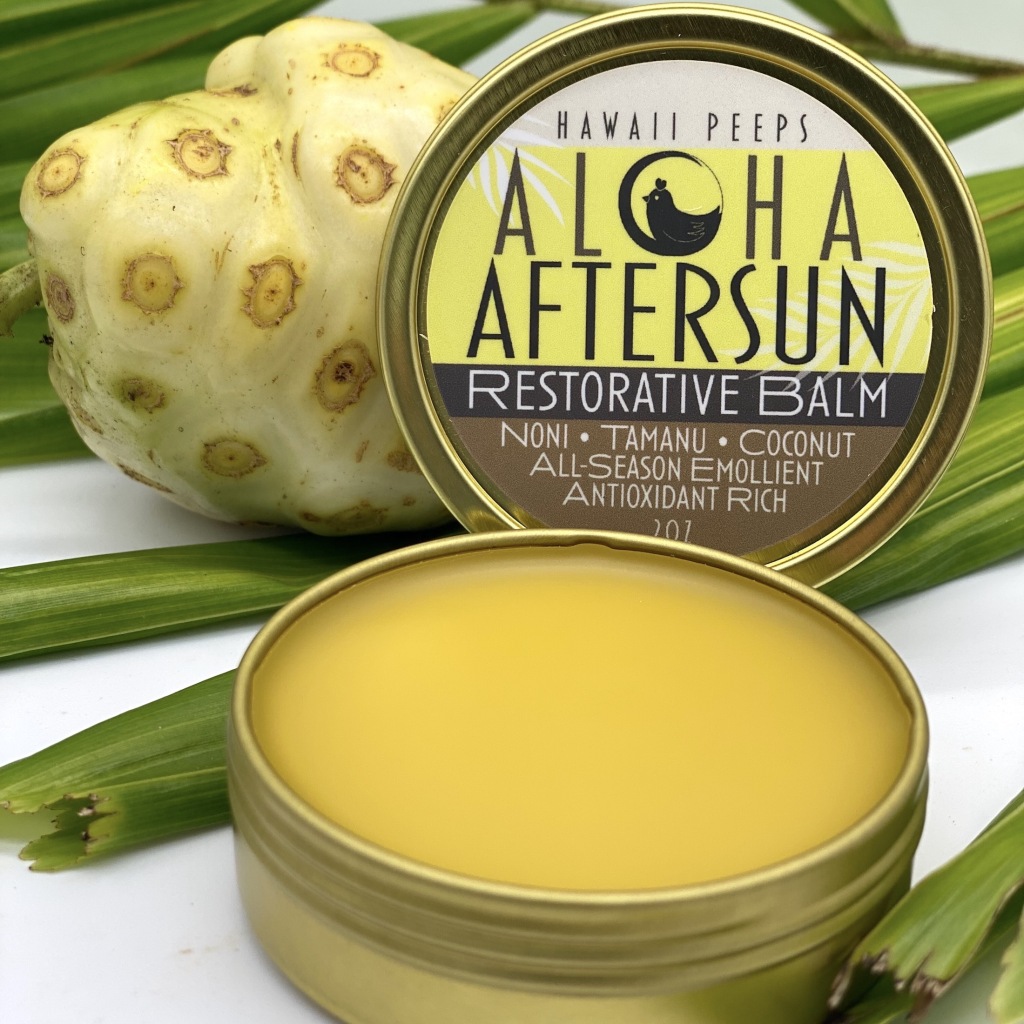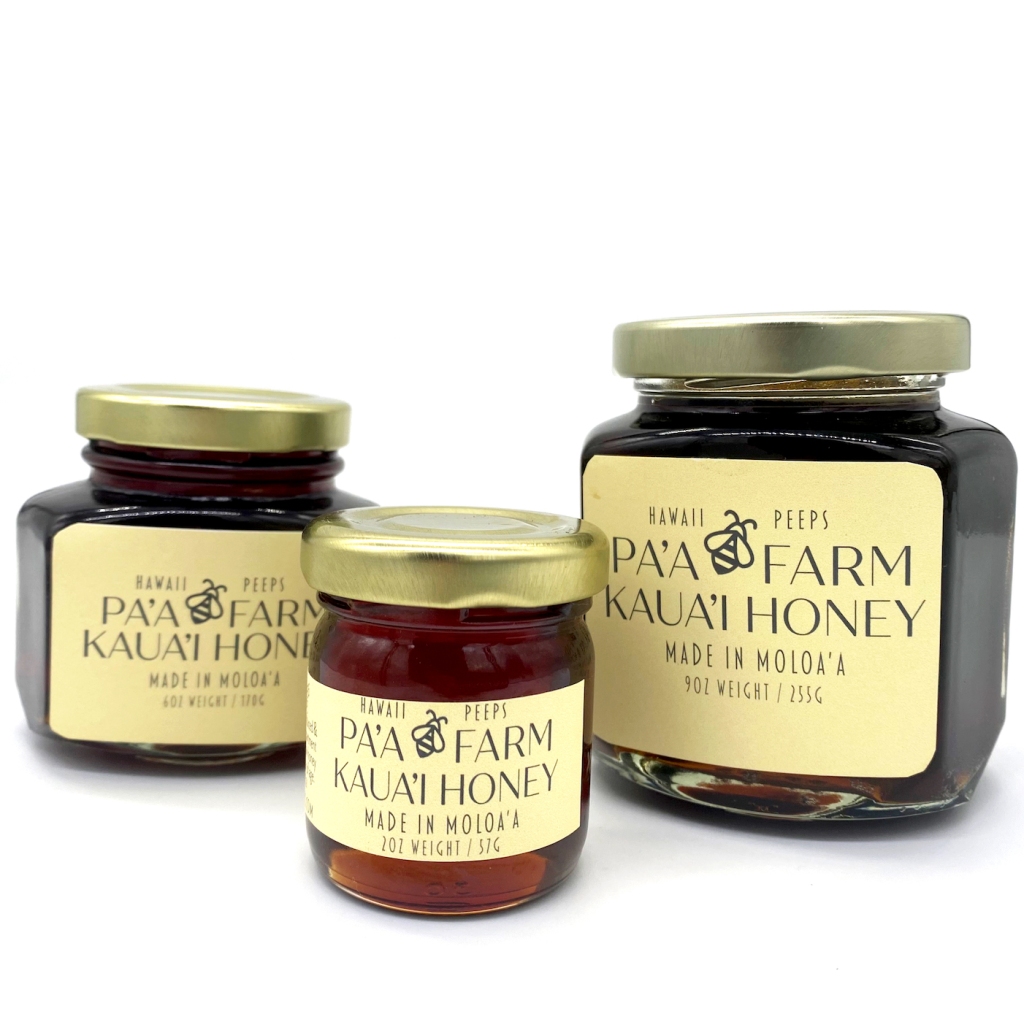 There’s one thing every girl who surfs has in common. Besides our love for the ocean and the requisite health and physical benefits, one of the shared downsides is “hair problems”. Imagine, putting a fine strand of silk in salt water and then letting it bake in the sun, dry out, then wetting it again, then letting it dry… and repeating this for hours at a time, sometimes daily for weeks in a row (ah, if we’re lucky). After collecting tips from hairdressers and other surfin’ wahines, we’ve compiled a list of the best-kept secret hair tips for the girl in the curl…
There’s one thing every girl who surfs has in common. Besides our love for the ocean and the requisite health and physical benefits, one of the shared downsides is “hair problems”. Imagine, putting a fine strand of silk in salt water and then letting it bake in the sun, dry out, then wetting it again, then letting it dry… and repeating this for hours at a time, sometimes daily for weeks in a row (ah, if we’re lucky). After collecting tips from hairdressers and other surfin’ wahines, we’ve compiled a list of the best-kept secret hair tips for the girl in the curl…
1) Wet your hair before you go out into the water.
Hair, when dry, acts like a sponge, absorbing water into it. Having it absorb regular water first will prevent it from absorbing ocean water. As any girl with long thick hair who surfs can attest, so much water is absorbed the added weight can actually strain the neck. To emphasize its absorbency, studies have indicated that hair may be a very useful tool in cleaning up oil spills. Future fem scientist Marguerite Blignaut, at the Kentucky Junior Academy of Science, followed it up with her own study and concluded: “Hair absorbs the oil which means the oil collects under the surfaces of the hair fibers. I used human hair in mesh bags and floated them on 10w40 oil-water mixtures. After two days I removed the bags and let them dry. An increase of mass indicated the amount of oil absorbed. I found that human hair removes oil from the water surface and that straight dark brown hair seemed to be the most efficient.” Thanks Marge, good to know.
Does this mean they’re using hair to clean up oil spills? Nah, they prefer to douse the ocean with toxic chemicals from companies that they own shares in (hello BP disaster). But it’s pretty clear that if you jump in the ocean with dry hair, it absorbs and holds salt water. So why not soak your hair in less damaging fresh water before paddling out!
2) Apply high quality hair oil.
You apply sunscreen to keep your skin protected (preferably reef-safe, people-safe, water-resistant options), so why not apply something to protect your hair while out in the water? The addition of a natural hair oil helps hold the water in and seal and protect the hair shaft.
Our favorite is Hawaii Peeps Hanalei Hair Oil, which includes organic baobab oil, kukui nut oil, argan oil, jojoba, awapuhi, olena, supercritical extracts of mango and coconut. Apply when hair is damp to coat the hair shaft and prevent hair from absorbing salt water. Hanalei Hair Oil is non-greasy plus it’s infused with hibiscus (to protect from UVs) and bamboo (to strengthen). Hawaii Peeps brand is based on Kaua’i and their hair oil (and Kukui Nui Sun Mud Sunscreen) is a favorite with Hawai’i wahine (surfers, paddlers, adventurers) for good reason!
Some surfer girls like to use the cheapest products on their hair pre-surf because “it’s just going to come off anyway”. Problem is, it’s coming off in the water! Keep in mind, as with chemical sunscreens, many of the ingredients in commercial hair products (shampoos, sprays, leave-in and regular conditioners) cab be toxic to people, corals and marine life. Avoid parabens, oxybenzone (benzophenone derivatives), propylene glycol, phenoxyethanol, sodium lauryl sulfate, cocamidopropyl betaine, polyethylene glycol (PEGs), polysorbates, quaternium-15, diazolidinyl urea, DMDM hydantoin, bronopol, dimethicone, phthalates, synthetic colors and “fragrance”to name a few. Even products from health food stores can contain questionable ingredients as well as essential oils (e.g. tea tree and eucalyptus) that are harmful to corals.
 Otherwise there are local ingredients we often grab straight from nature in a pinch. If the awapuhi (ginger) is going off, you gently take the flower head, tilt it over and squeeze it just enough for a watery fragrant gel to emerge, and apply it straight to your hair (the larger red works well as a natural shampoo, the smaller pink works well as a pre-surf / post-surf / daily leave-in conditioner… and is lovely on the skin as well). When the plant is not flowering, I rely on fresh coconut milk as my hair rinse or leave in conditioner. Not coconut water, not coconut oil, but the meat blended with purified water and filtered with a nut-bag. This can be made with dried coconut shavings as well if you have no fresh option. Instead of leaving the coconut milk thick, you double the amount of water and apply to hair. Most hair prefers when you change it up a bit, so play with it and discover a few natural options your hair likes.
Otherwise there are local ingredients we often grab straight from nature in a pinch. If the awapuhi (ginger) is going off, you gently take the flower head, tilt it over and squeeze it just enough for a watery fragrant gel to emerge, and apply it straight to your hair (the larger red works well as a natural shampoo, the smaller pink works well as a pre-surf / post-surf / daily leave-in conditioner… and is lovely on the skin as well). When the plant is not flowering, I rely on fresh coconut milk as my hair rinse or leave in conditioner. Not coconut water, not coconut oil, but the meat blended with purified water and filtered with a nut-bag. This can be made with dried coconut shavings as well if you have no fresh option. Instead of leaving the coconut milk thick, you double the amount of water and apply to hair. Most hair prefers when you change it up a bit, so play with it and discover a few natural options your hair likes.
3) Braid your hair.
If your hair is long enough, braid it before paddling out! This will protect the hair from drying out and getting too much exposure. Of course you’re making sure you’ve done steps one and two first. The braids will also hold that hair oil in longer. And hey, maybe even keep it out of your face while you’re going for that huge airdrop take-off. Best bet is using a hair tie at the top of the braid, and one at the bottom, so it’s secure. Not sure if turtles are able to digest those things but we try to keep them from littering the water.
4) Rinse your hair out immediately after surfing!
Very often us surfers pour some water over our heads or a quick rinse at the showers and leave it at that. Well, there’s likely still some salt in your hair and is still drying your hair out (especially if it dries whilst exposed to the sun). Best to give it a quality rinsing when you get home or bring an extra jug to rinse at the beach.
5) Eat Right for Healthy Hair!
What we eat matters. Though some foods are lacking in vitamins and minerals – and some diets limit certain vitamins and minerals (vegans and vegetarians you may need to supplement, especially B-12 sublingual). Look for foods rich in Vitamin A, B Vitamins, Vitamin C, Vitamin D (hopefully the sun supplies enough!), Vitamin E. Minerals are also good for your hair, iron (we just use an iron skillet) and magnesium (we use transdermal magnesium like this amazing Kauai Salt Spray, which will not only help for all the post-surf aches, but as a bonus for hair growth and to keep the gray at bay). Gaia Hair, Skin, & Nail Support is rich in minerals, like silica, that promote healthy hair (best to use it daily to see positive results). Collagen is a good idea as well (the Vital Proteins brand often found at Costco is a good deal). Also make sure to get antioxidants and fresh oils like hemp, fish, coconut….
Chemical exposure, hormone disruptors, medications, alcohol consumption, smoking, caffeine, stress and lack of sleep can affect the look and appearance of your skin and hair (including hair loss). Basic theory: do whatever keeps you healthy, happy, strong. Lucky most of us surfer chicks do just that!
6) Be careful of over-shampooing the locks.
Many water girls use conditioner as their “shampoo”. You should still shampoo once a week to clean build-up and start anew. Try to avoid the overly harsh shampoos. You can make your own with Skikakai, hibiscus, Amla (here’s an example of a recipe – though for thick / curly hair it’s better to strain in cheese cloth before applying). There are awesome shampoo bars out there – we like Kealia Organics from Kaua’i. As far as manufactured products, Acure Organics is one of the few we’ll use, though being that it’s water-based there are preservatives so we use it as little as possible.
7) Do not brush your hair while it’s wet.
Flash back to an exhibit at the Museum of Science and Industry (Los Angeles) back in the ’90s. They had blow-up displays showing before and after microscopic images of the human hair brushed when wet vs. brushed when dry. Suffice to say… don’t brush your hair while it’s wet. Coconut Girl Wireless contributor and very big-haired surfing cohort / writer Ms. Reefrash says she won’t be able to get the knots out otherwise. Copy that! If that’s the case, use a quality thick-toothed comb, detangler or very gentle natural bristle brush; get the hair lightly damp and apply a dollop of leave-in conditioner or hair oil first before workin’ on it. Then do so gently and hold the hair working from the bottom up, so it doesn’t stretch and snap.
8) Wear a hat!
Many surfer girls will wear a baseball cap in the water, which has the benefit of protecting the hair while protecting your skin. This is much easier for longboarders when waves aren’t too big. Utilizing fun large beach hats before and after surf is great added protection from UV rays.
* * *
Polynesian women were known (are still known) for their lovely, lush, long brown hair. Was it the coconut treatments? Was it their diet rich in poi, banana, papaya, lilikoi, coconut, sweet potato, breadfruit, laulau, fish and seafood? Maybe drawing from a gene pool that is renowned for their beautiful skin and luscious hair doesn’t hurt.
Even if we aren’t blessed with perfect DNA, there are things we can do to have our optimum healthy hair. Hopefully some of these tricks will help balance out the abuse us surfer grrls put our hair through.
If you have any thoughts on the matter or product tips they’re always welcomed. Have a great hair day!
* * *
Hey, by the way, no health or medical or dietary advice should ever be considered without the approval of your omnipotent physician. Make sure on your next visit you ask what hair care products he/she uses! LOL. All seemingly knowing advice that appears within this article are simply humble opinions to be taken with a grain of salt. Yes, same grain of salt we are protecting your hair from…. meowxo
[article updated 4/6/2020]










